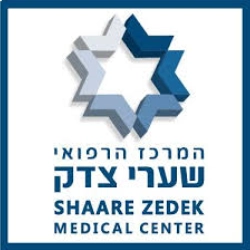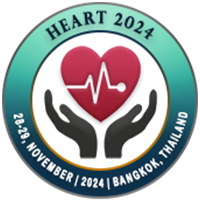
Moshe Rav Acha
Shaare Zedek Medical Center, IsraelTitle: Prophylactic ICD: Review of main scores to predict survival benefit
Abstract
Background: Current guidelines advocate prophylactic ICD for all symptomatic heart failure (HF) patients with low ejection fraction (EF). As many patients will never use their device and are prone to device-related complications, a score delineating subgroups with differential ICD benefit is crucial to maximize ICD benefit and mitigate complications. This review summarizes the main scores developed to predict maximal or absence of ICD survival benefit, including: Madit-II-based Risk Stratification Score (MRSS) and the Seattle Heart Failure Model (SHFM), which were developed using randomized trials with a control group (medication only) and validated on large cohorts of 'real-world' HF patients with prophylactic ICDs. The review also addresses other smaller models aiming to predict early mortality after ICD implant. Lastly, recent studies using cardiac MRI (CMR) to predict ventricular arrhythmia (VA) are mentioned.
Results: Most risk scores could not delineate sustained VA incidence, but rather overall mortality or mortality without prior appropriate ICD therapies, suggesting ICD non-benefit. Multiple models have identified high-risk subgroups with an extremely high probability of early mortality after ICD implant. On the other hand, low-risk subgroups were defined, in whom a high ratio of appropriate ICD therapy/death without prior appropriate ICD therapy was found, suggesting significant ICD survival benefit. Moreover, MRSS and SHFM models both proved an actual ICD survival benefit in low- and medium-risk subgroups when compared with control patients, while no benefit was found in high-risk subgroups, consisting of 16-20% of all ICD candidates. CMR was shown to reliably identify areas of myocardial scar and 'channels', with a remarkable ability to predict or exclude VA in those with or without scar, respectively.
Conclusions: To date, multiple scoring models are capable of reliably predicting patient subgroups that would benefit or not from prophylactic ICD. Implementing these models into clinical practice may lead to increase in ICD benefit/non-benefit ratio, which is very low in current practice, based solely on EF evaluation. CMR is a promising technique which might help delineate patients with a low- versus high-risk for future VA, beyond EF alone.
Biography
To be updated soon...

